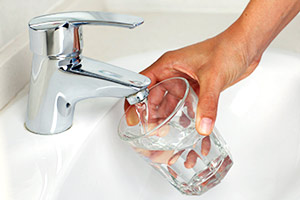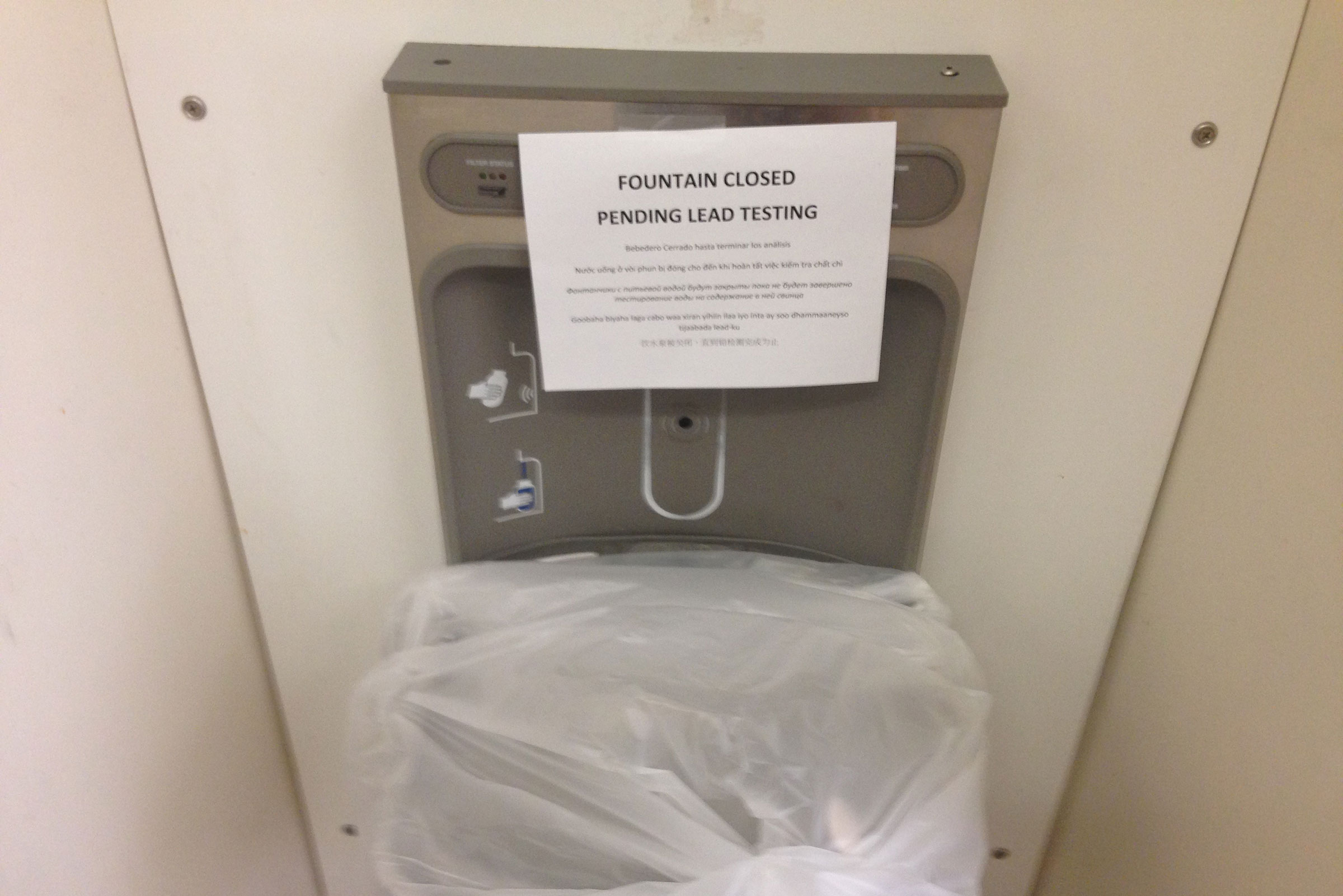Lead poisoning poses a real threat to small children and babies, despite our increased knowledge of its risk factors. While laws, regulations, and compliance standards have increased both awareness and vigilance with lead containing materials, there have still been an abundance of cases and some crisis that have popped up over the past few years.
The 2016 Flint, Michigan crisis is a perfect example of this, where well over 100,000 residents were exposed to lead because of an outdated public water system and treatment facilities. This consequently lead to a massive amount of children testing for high levels of lead in their bloodstream.
So How Can You Be Exposed To Lead?
Well, we know from the Flint disaster that it can come from old pipes and leak into the water supply — especially if it’s not sufficiently treated before it reaches the population. However, this is just one of the many ways in which people can be exposed to dangerous levels of lead that can cause health risks. The following are ways that you could become end up with lead in your system.
- Household dust inhalation
- Soil
- Water
- Commercial products
- Through the air
It typically takes up to a month of continued exposure to lead for poisoning to occur. While this may seem like a significant amount of time, it can be difficult to diagnose at first or even become aware that someone is being exposed to lead at all.
Common Sources of Lead Exposure in the U.S.
Lead Paint
This is probably the most common and most well-known source of lead. According to a U.S. Environmental Protection Agency (EPA) report, any home built before 1978 poses a significant risk. The older the home, the bigger the risk.
So how does lead end up in our system if it’s stuck in the paint? Well, whenever lead paint chips, peels, cracks, or gets wet it can end up becoming a significant risk. When paint chips, peels or cracks the dust can be inadvertently inhaled. If it gets wet it can run into areas of the home where people consume food, or end up in particles and become airborne.
The most common areas for this type of issue is doors, window frames, porches, railings, and banisters. These are also common places where we touch — furthering the probability of exposure.
Many houses or buildings have new paint on top of old lead paint. While this is not an issue, renovations can disrupt the older lead paint which can cause exposure. To protect yourself, use a facemask while mopping or vacuuming. The EPA advises that any children or pregnant women from the building or home whenever renovations are being done.
Water

As we mentioned with the Flint crisis, lead can enter the water through old piping or plumbing. Some pipes were even made from lead, increasing the risk of exposure. Even those that aren’t made from lead can corrode and lead to exposure.
Much progress has been made in how pipes are constructed and what they are made out of. But, up until the late 80s, metal pipes used lead solder for joints. As you can imagine, this caused much concern once lead poisoning became a public concern. Until the water is tested, it’s almost impossible to know how much the piping has affected lead levels.
Lead exposure from water makes up a significant amount, roughly 20%. This is because it often gets overlooked in certain areas like drinking fountains in some states.
Soil
This is an interesting one because lead is naturally occurring in soil, although the concentration levels are really low. While this may not be a source for lead exposure, old urban buildings with lead paint in the city can peel or chip off into the soil — which can then be tracked into homes or buildings. Just like with the interior of your home or building, it’s important to be mindful of chipping or peeling lead paint on the exterior.
If you have small children this can be especially concerning because in urban areas this is often a place to play. If this is the case, be sure to discourage these areas or plant bushes that prevent playing near this soil. The best way to manage this is to repaint the house.
Hobbies and Occupations
Certain jobs or extracurriculars tend to have a higher chance of lead exposure. This is simply due to the materials that are handled and the environments workers are in. Many jobs in these fields are required by the EPA to take certain precautions to prevent exposure. While this helps, extra steps should be taken by workers to prevent tracking these materials back into their own homes.
Some common occupations that could deal with a higher chance of exposure are:
- Mining
- Lead smelting
- Autobody repair and repainting
- Construction
- Plumbing and radiator repair
- Steel welding
- Lead weight manufacturing
- Battery manufacturing and recycling
- Renovators
- Painters
Due to high levels of lead in many ceramic and crystal applications, hobbyists that enjoy working with these materials may also experience high levels of lead.
- Artistic painting
- Metal soldering
- Glazed pottery making
- Stained-glass work
- Shooting firearms
- Auto repair
What Are The Risks of Lead Poisoning
Children are the most susceptible to lead poisoning according to the EPA. This is the case for many harmful substances, diseases, and infections — but it’s especially true for lead. Children are constantly putting their hands in their mouths, which can be a major risk if flakes, particles, or chips containing lead are ingested. They are also far more likely than adults to absorb ingested lead into their bloodstream. Airborne lead exposure is also higher in children because they simply breathe more. Their higher respiratory rate causes them to inhale more, and if there is lead in the air it can be dangerous. Their proximity to the ground also causes them to be more likely to inhale particles from the soil or floor.
For children, the symptoms and risks can be mild to severe. According to the Mayo Clinic, symptoms can include:
- Developmental delay
- Learning difficulties
- Irritability
- Loss of appetite
- Weight loss
- Sluggishness and fatigue
- Abdominal pain
- Vomiting
- Constipation
- Hearing loss
- Seizures
- Eating things, such as paint chips, that aren’t food (pica
For adults, the symptoms typically attack already existing conditions — but can also include things like:
- High blood pressure
- Joint and muscle pain
- Difficulties with memory or concentration
- Headache
- Abdominal pain
- Mood disorders
- Reduced sperm count and abnormal sperm
- Miscarriage, stillbirth or premature birth in pregnant women
Lead Certification
If you’re one of many workers that perform tasks in an environment where lead exposure poses a risk, you will need lead certification training. For instance, the EPA requires those that work with lead paint to be certified and maintain their certifications.
Whether you’re just working on renovations or performing full-on abatement jobs, certifications are a necessary component of compliance. If you have employees that perform tasks where lead paint may be present, it is your responsibility to adhere to the EPA’s rules and regulations, as failure to do so can be extremely costly. It’s important for everyone, workers, and non-workers to know the dangers and potential risks involved with lead substances and lead poisoning so that everyone can be safe.


